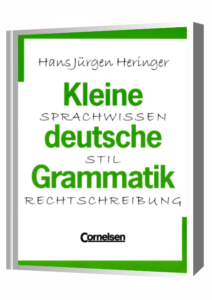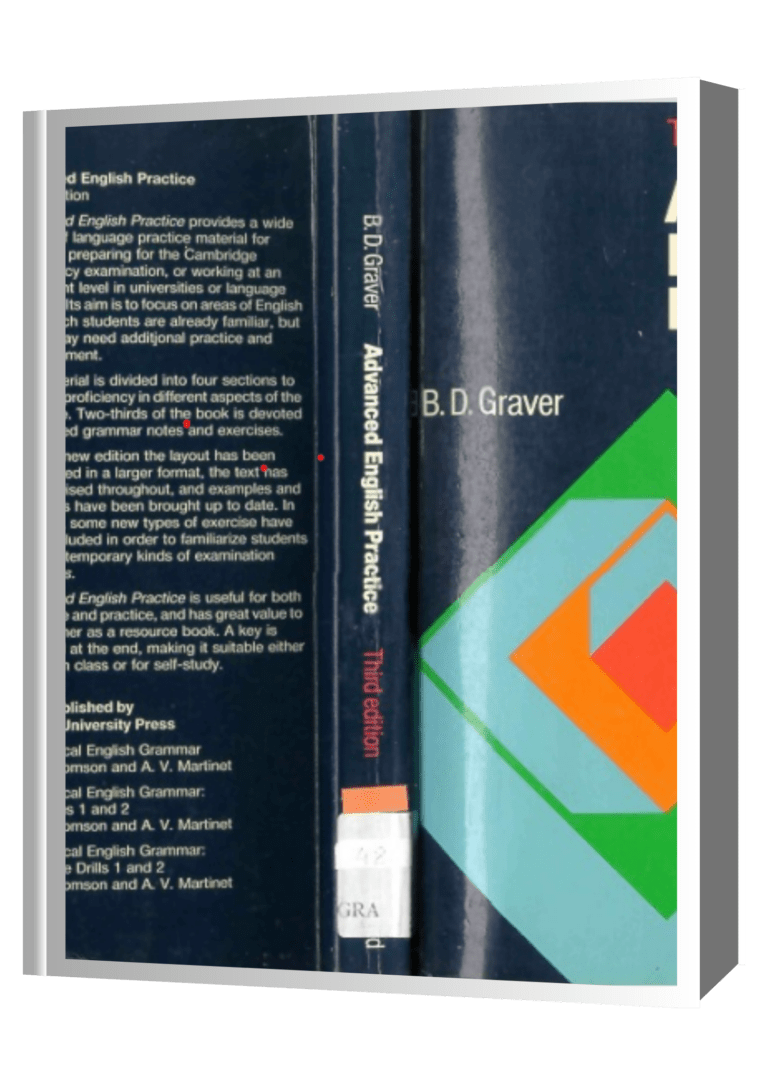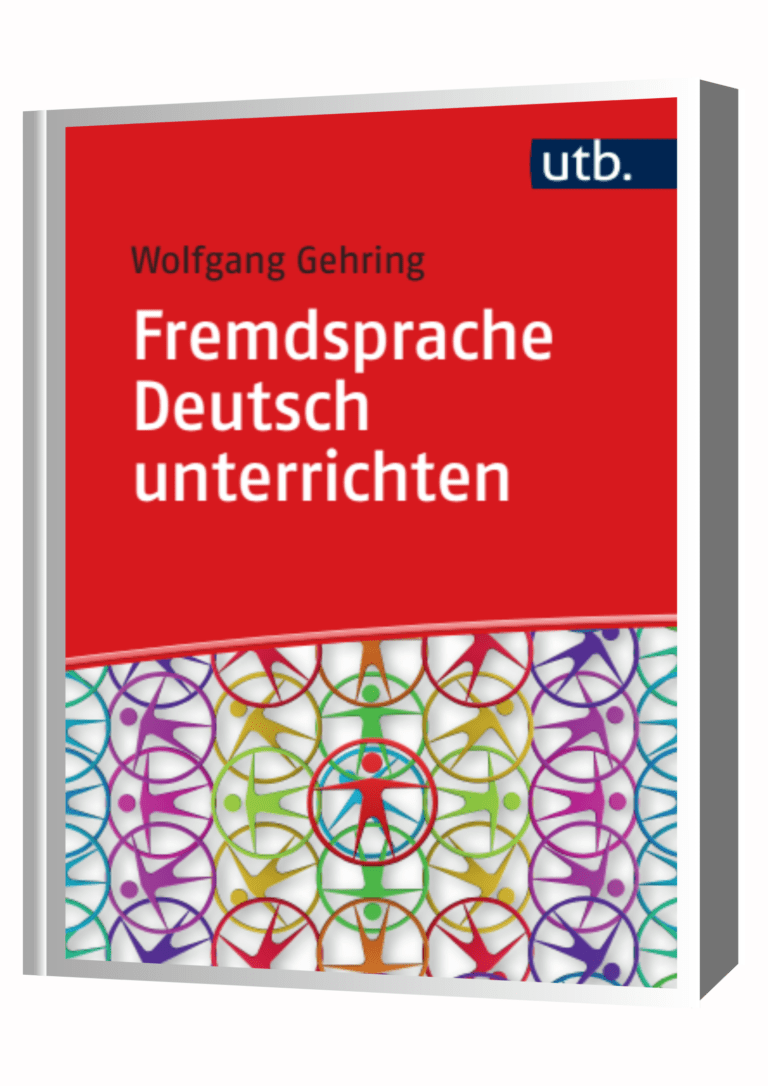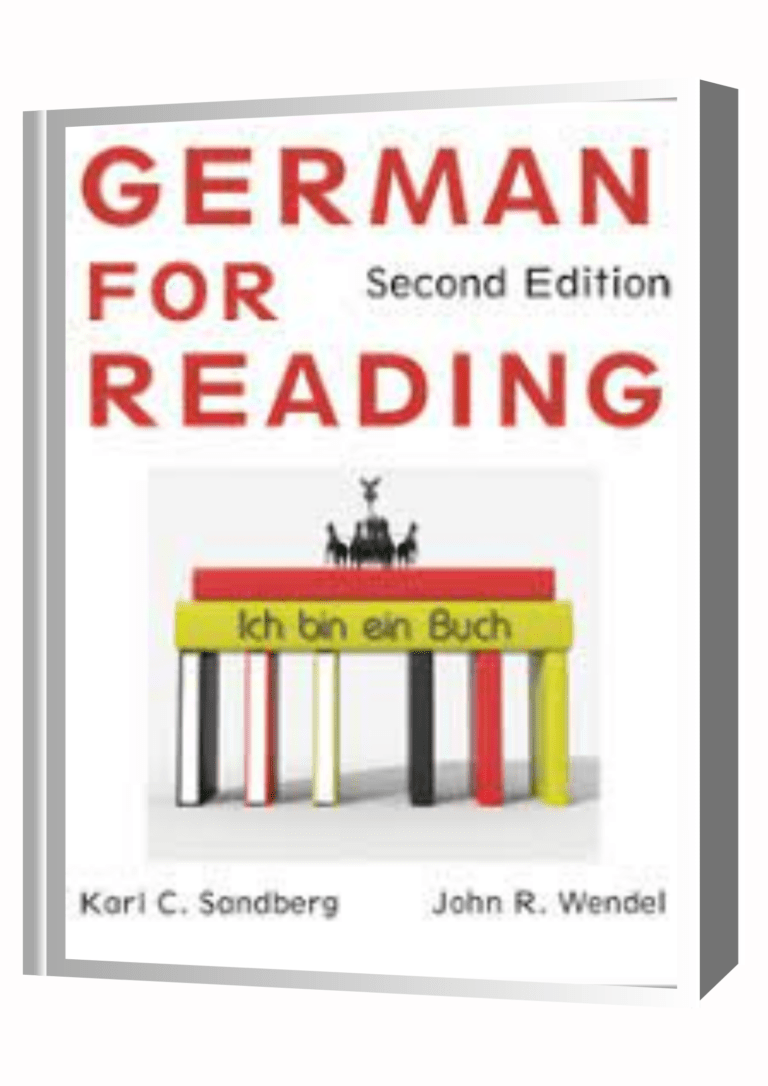Kleine SPRACHWISSEN deutsche STIL Grammatik RECHTSCHREIBUNG
Exploring the Richness of the German Language: A Dive into Grammar and Chartwriting
German, with its rich history and cultural significance, stands out as one of the most fascinating languages in the world. From its intricate grammar to its precise chartwriting techniques, German exemplifies both complexity and efficiency in communication. In this blog, we will delve into the nuances of German grammar and explore the art of chartwriting in this captivating language.
The Grammar of German: A Structured Symphony
At first glance, German grammar may appear daunting, with its cases, genders, and complex sentence structures. However, upon closer inspection, one discovers a meticulously structured system that adds depth and clarity to communication.
Cases and Genders
Unlike English, which has relatively simple case distinctions, German boasts four grammatical cases: nominative, accusative, dative, and genitive. Each case serves a specific function in indicating the roles of nouns, pronouns, and adjectives within sentences. Moreover, the concept of gender (masculine, feminine, neuter) plays a crucial role in determining the declension of articles, adjectives, and even verb conjugations.
Verb Conjugation and Sentence Structure
Verbs in German undergo intricate conjugation patterns based on tense, mood, and subject-verb agreement. Additionally, German sentences often feature a verb-second (V2) word order, where the conjugated verb appears in the second position, following the initial element (subject, adverbial phrase, etc.). This structured syntax contributes to the clarity and precision of German sentences.
Word Formation and Compound Nouns
German is renowned for its ability to create compound nouns by combining multiple words into a single, cohesive term. This linguistic phenomenon allows for the expression of complex ideas in a concise manner. Furthermore, German exhibits a penchant for word formation through prefixes, suffixes, and compound verbs, showcasing the language’s versatility and richness.
Chartwriting in German: Mapping Clarity and Organization
Chartwriting, or the art of creating visual representations of data or information, is a valuable skill in various fields, including education, business, and research. In German, chartwriting combines linguistic accuracy with visual clarity to convey complex concepts effectively.
Types of Charts
In German, as in many languages, charts play a vital role in presenting data. Common types of charts include bar charts (Balkendiagramme), pie charts (Kreisdiagramme), line graphs (Liniendiagramme), and scatter plots (Punktdiagramme). Each chart type serves a specific purpose in visualizing quantitative or qualitative information.
Labels and Legends
Clear and concise labeling is paramount in German chartwriting. Labels for axes, data points, and categories should be in German to ensure understanding among German-speaking audiences. Additionally, including a legend (Legende) or key helps interpret the information presented in the chart accurately.
Data Representation and Analysis
Charts in German often accompany detailed explanations or analyses (Erklärungen oder Analysen) in the German language. This combination of visual representation and textual elucidation enhances comprehension and aids in drawing insights from the data presented.
Conclusion: Embracing the Linguistic and Visual Tapestry of German
In conclusion, the German language captivates with its intricate grammar, structured syntax, and expressive vocabulary. The art of chartwriting in German further amplifies the language’s ability to communicate complex ideas with precision and clarity. Whether navigating the nuances of cases and genders or crafting informative charts, exploring German offers a rewarding journey into linguistic depth and visual sophistication.
As language enthusiasts, embracing the richness of German opens doors to new avenues of expression, communication, and cultural understanding. Let us continue to unravel the linguistic and visual tapestry of German, celebrating its diversity and complexity with each word and chart crafted.




